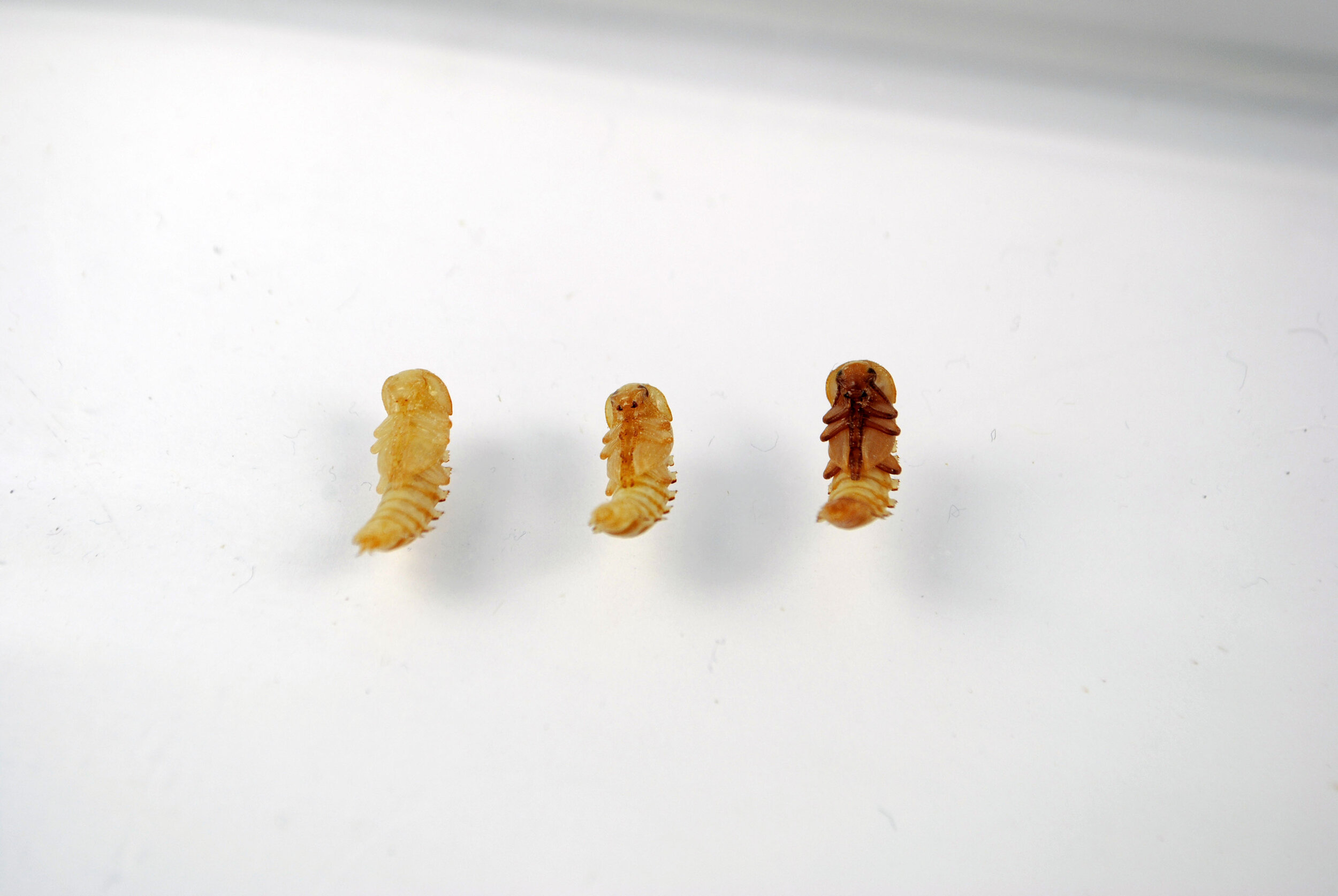Design Direction Rerouted
Change happens from the bottom up, not the top down.
I realized after many fruitful conversations that giving power to the people and equipping us with the tools to dispose of our waste properly instead of waiting on a higher system. While I was initially interested in the redesign of a waste treatment facility and appropriate environmental policies, I realized the quickest solution is to create a small indoor system which can then be scaled up.
For some of us, sorting your recycling into metal, plastic, glass, paper, food waste is second nature. I found caring for the mealworms post-experiment to be a similar sorting movement. I check on them in the morning and at night, moving the newest pupas from the mealworms, the beetles from the pupas. One thing I noticed was my set up was not conducive. The sorting movement would be easiest if all the containers were lined up and open and could close up again compactly.
This led me to explore mechanical furniture and was largely inspired by old entomological specimen cases, sterile lab equipment, wheeled hostess stands, recessed catering containers with lips and a low lid, accordian sewing cabinets, and expandable tables.
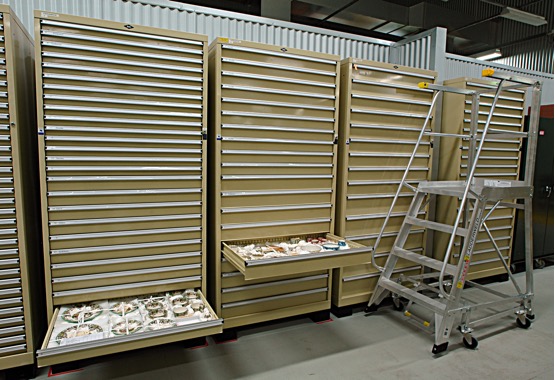
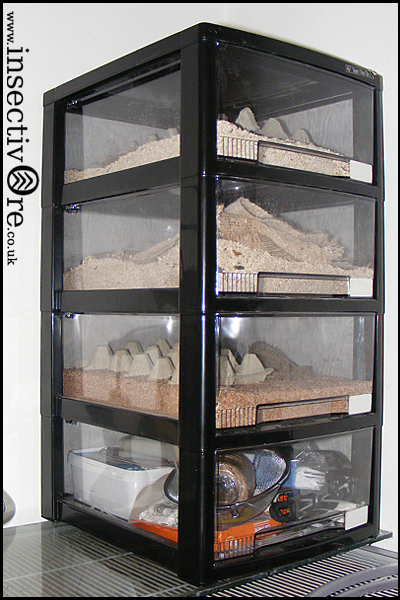
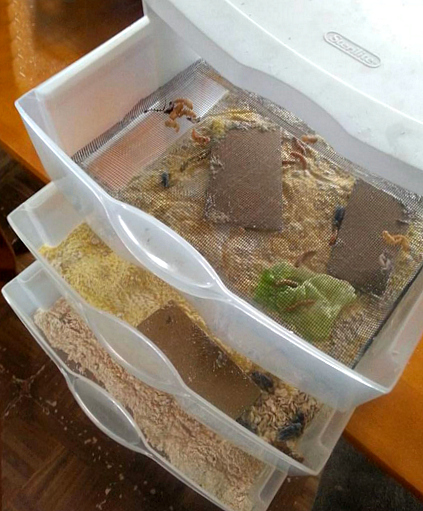
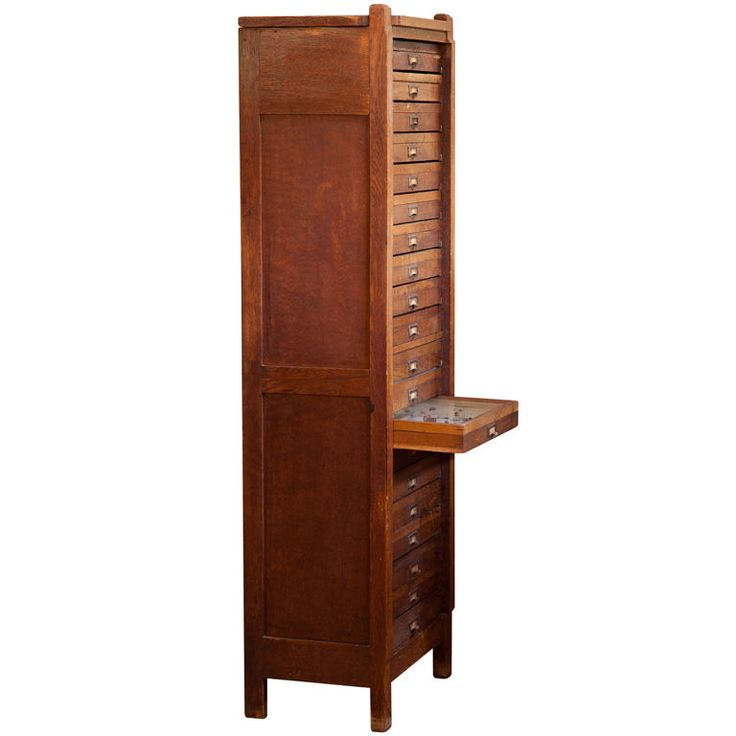

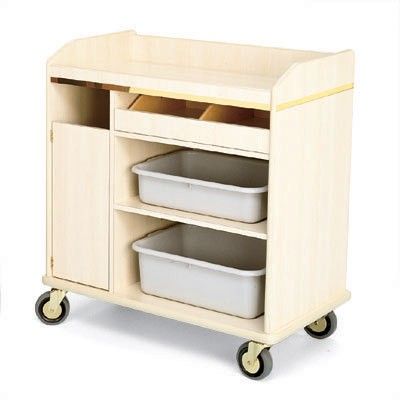
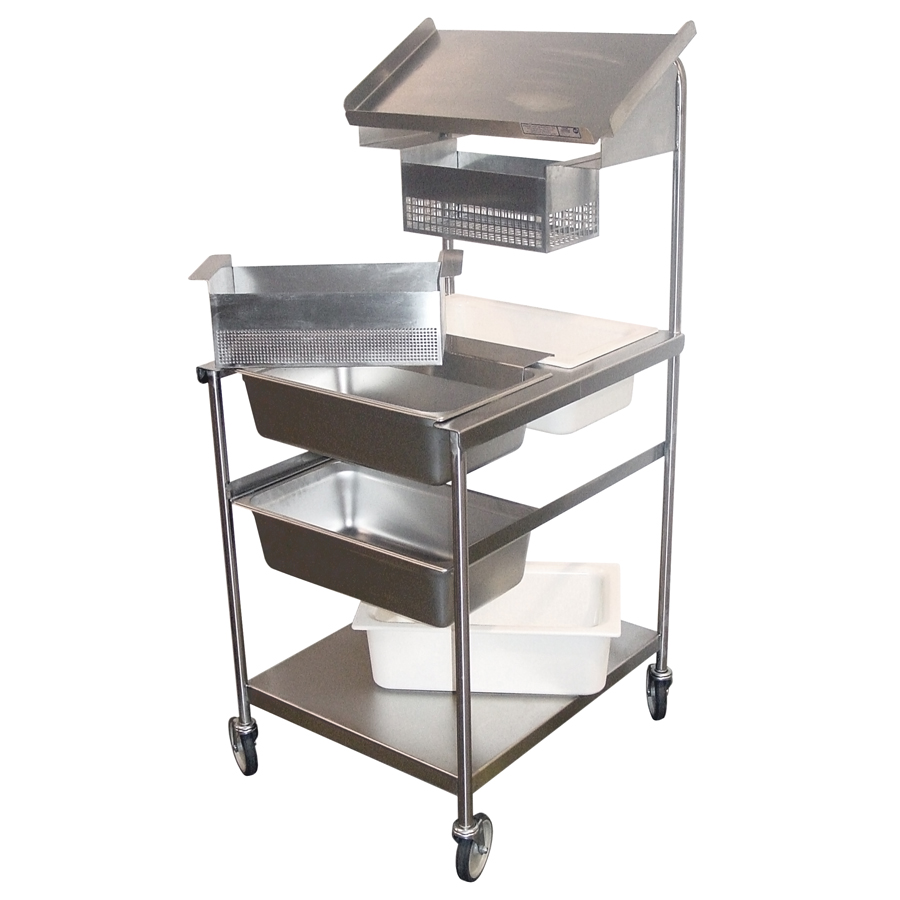
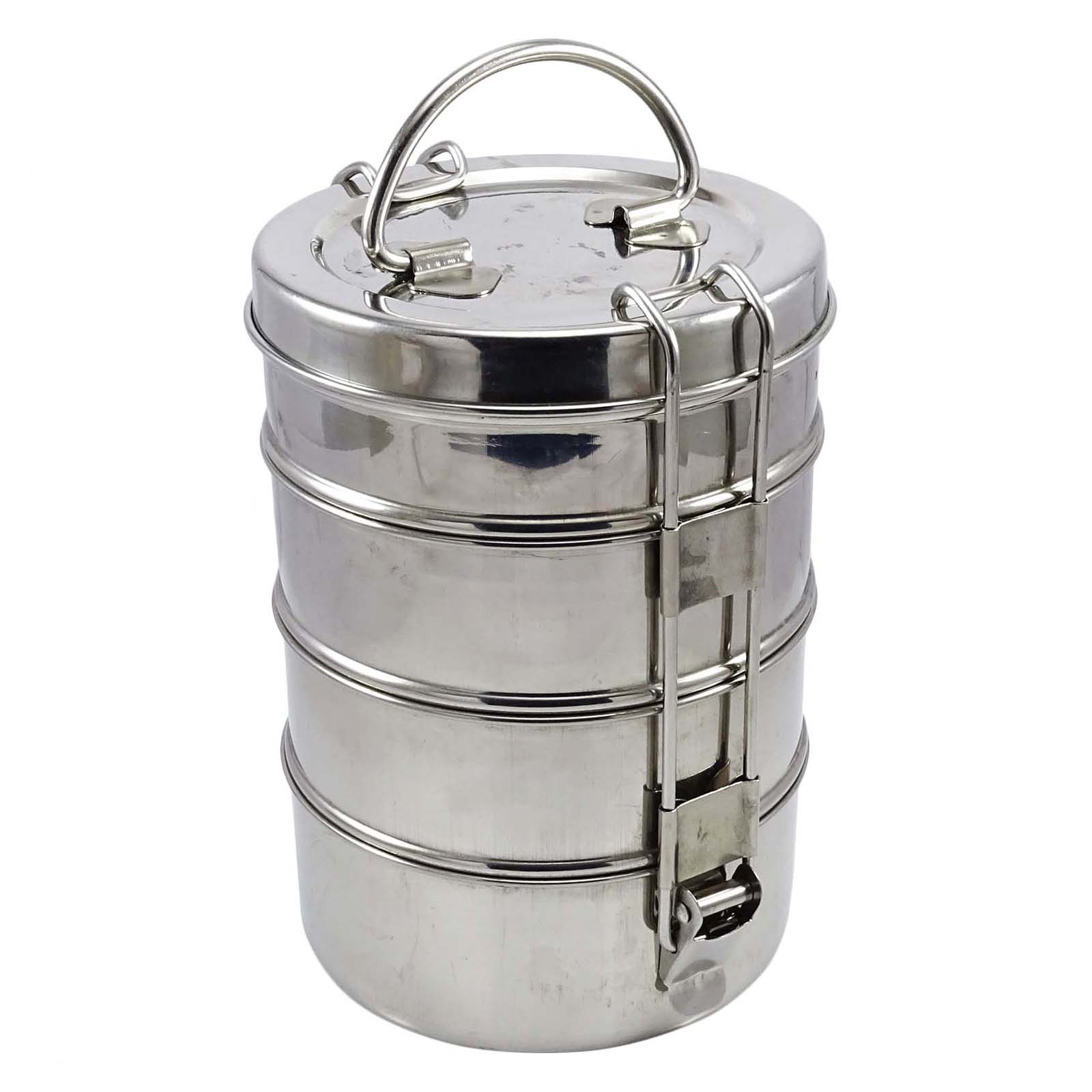
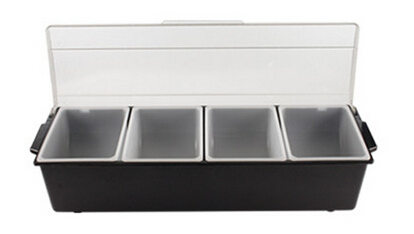

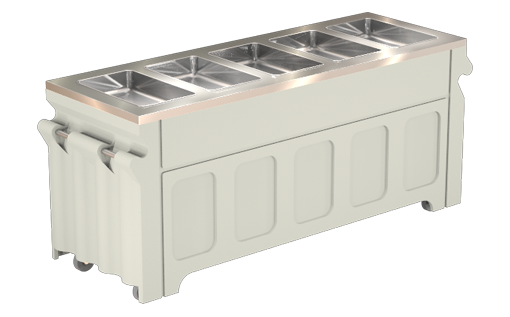
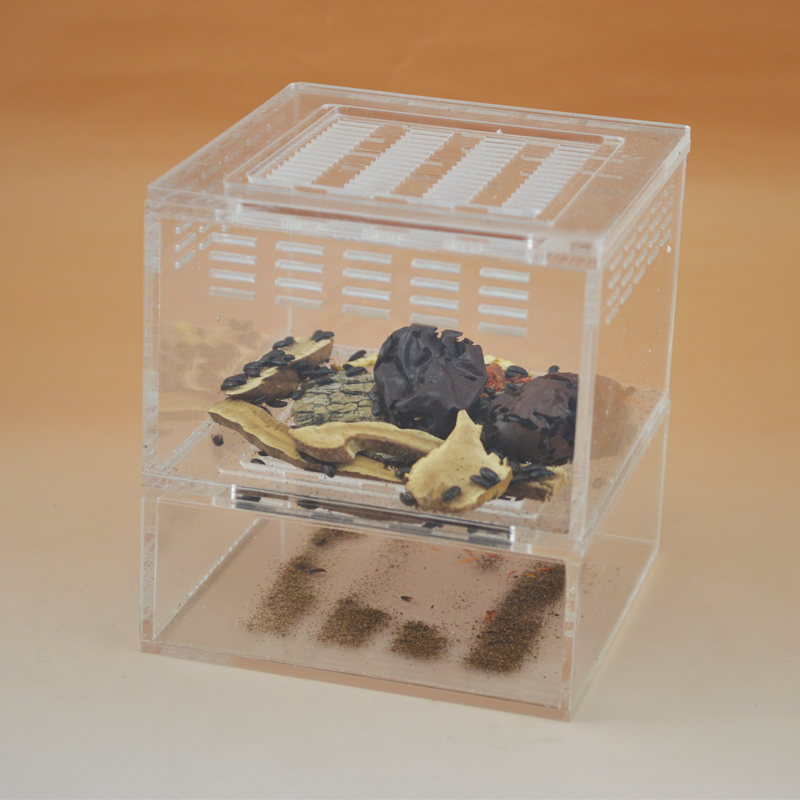
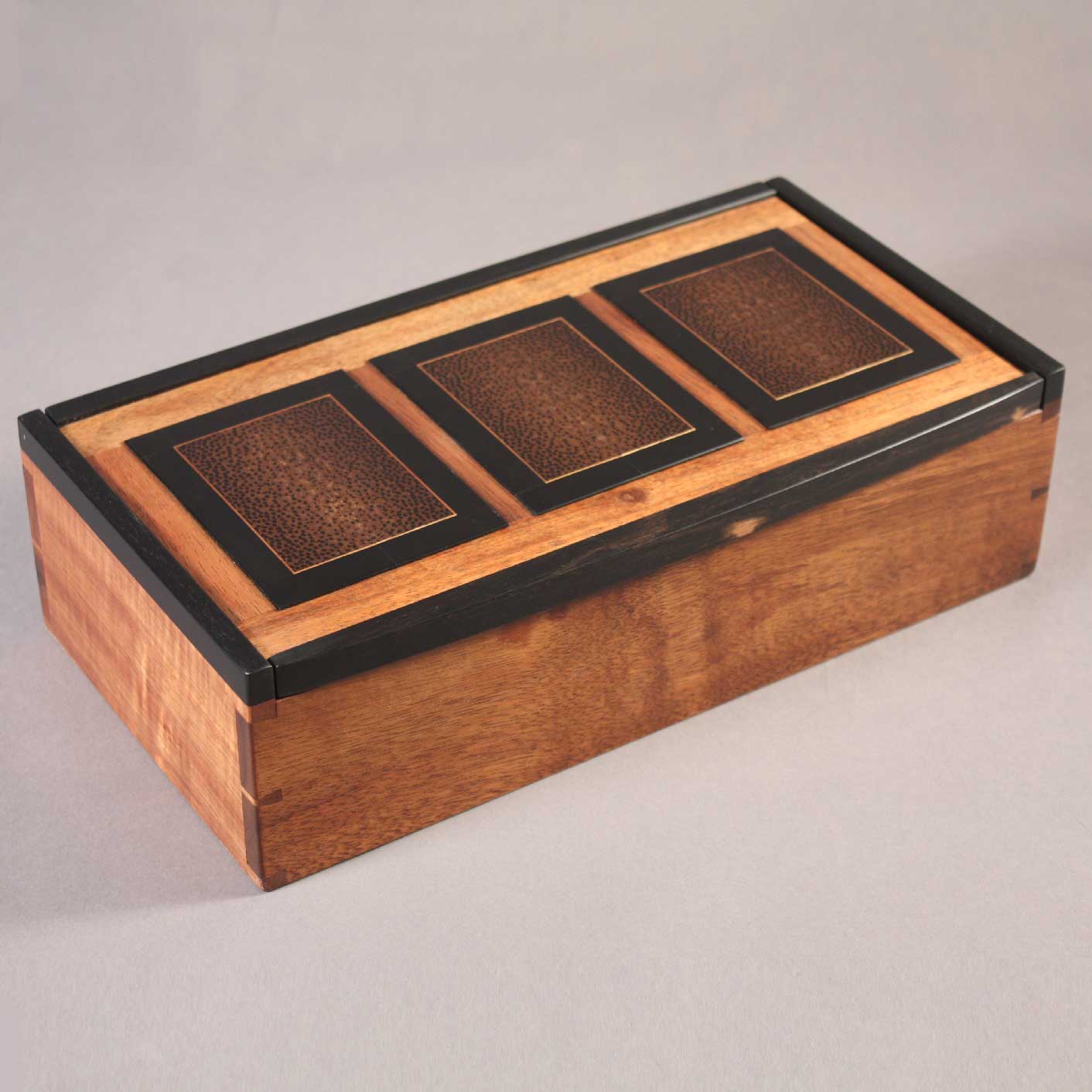
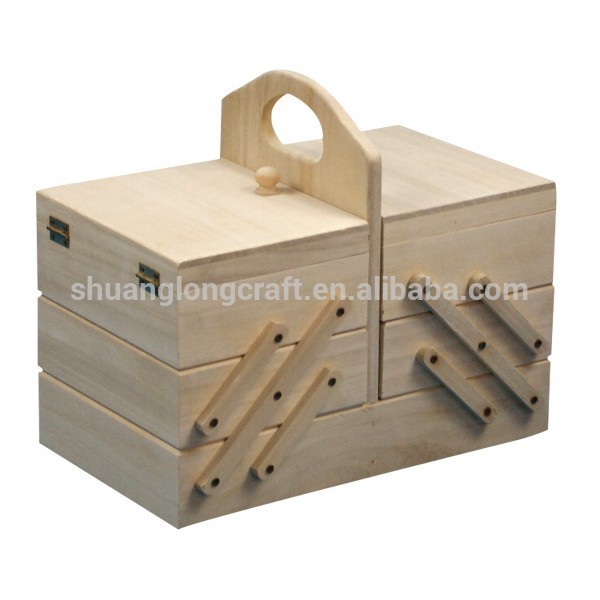
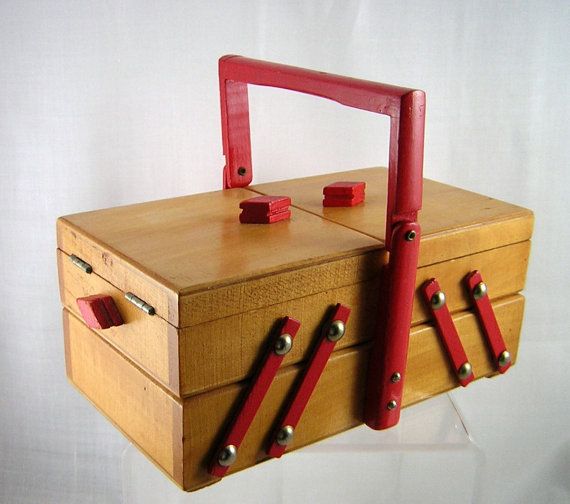
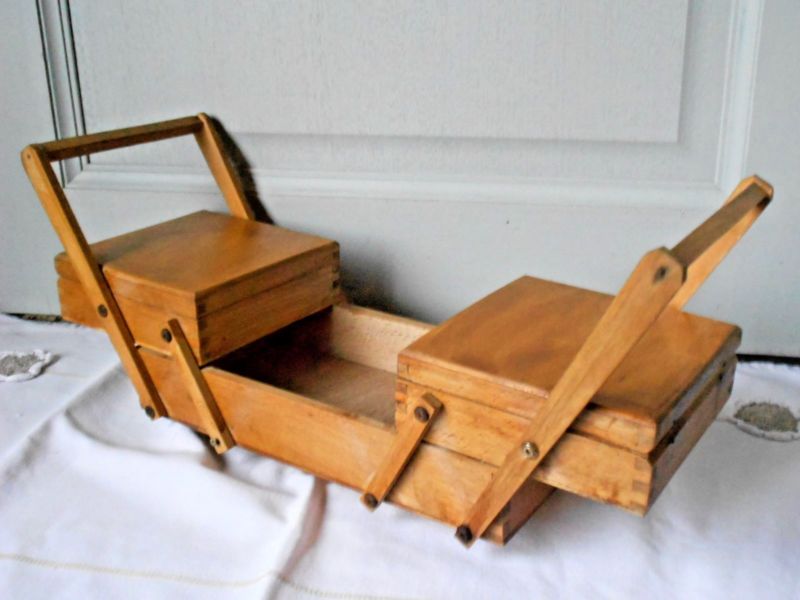
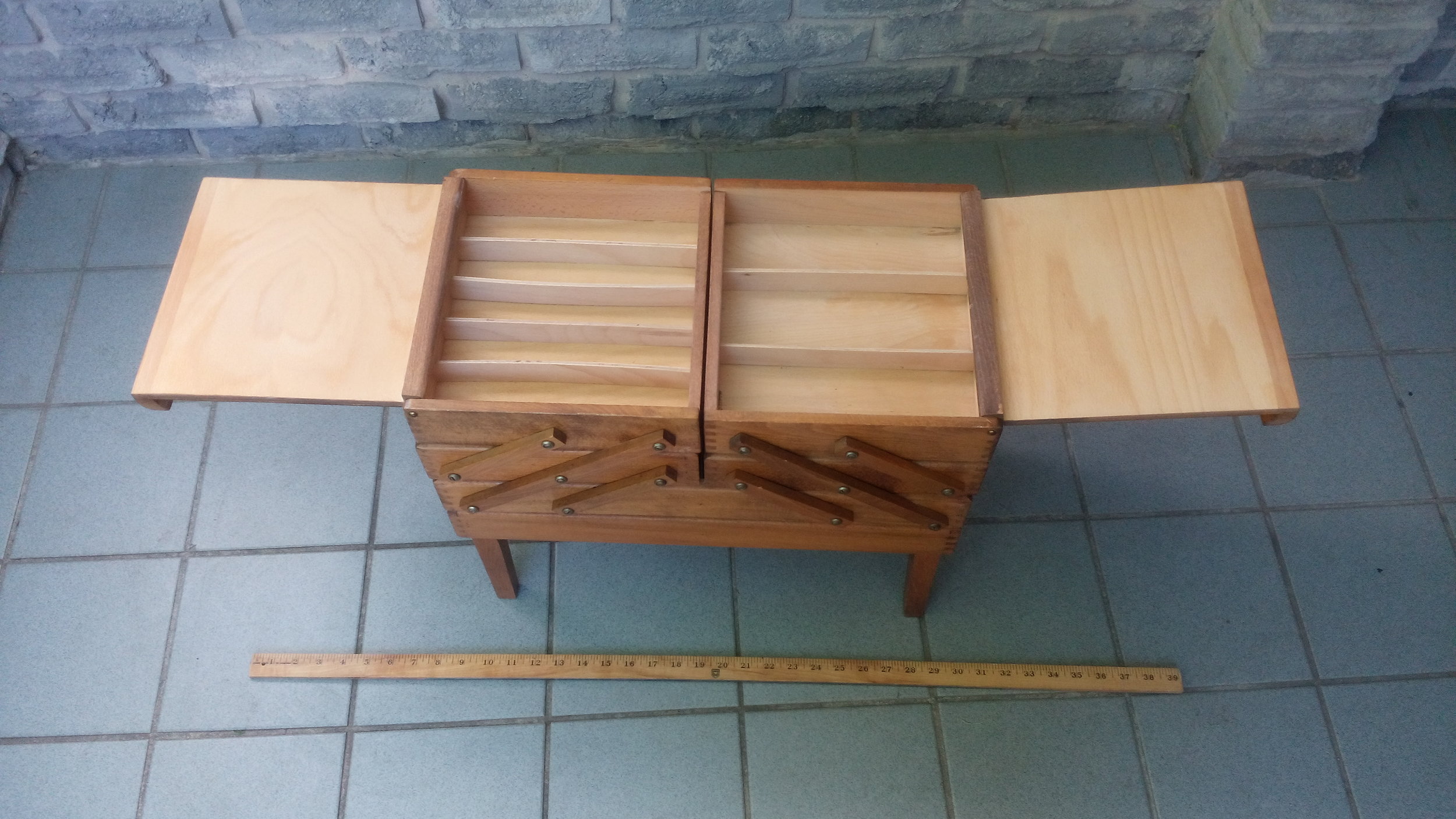
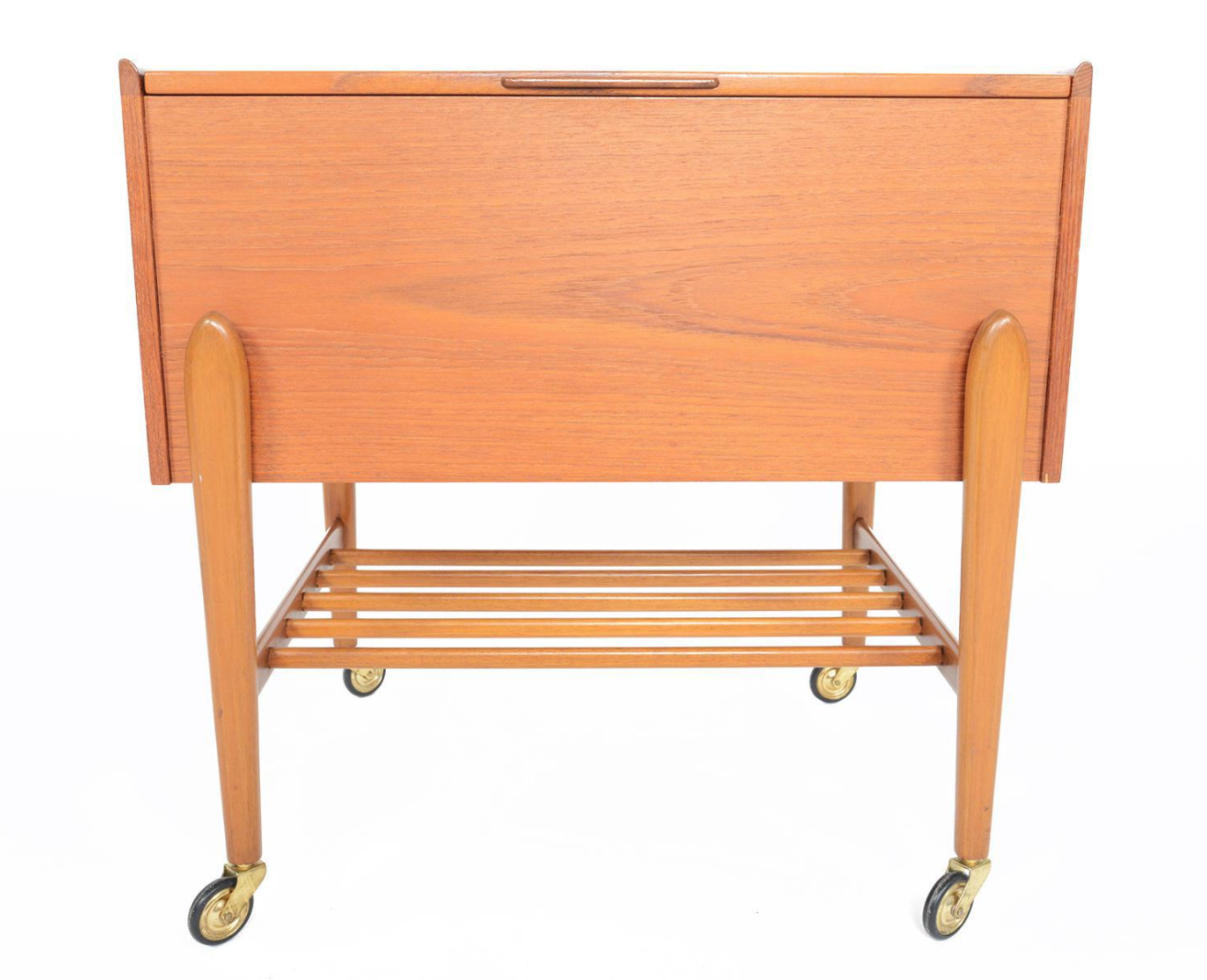
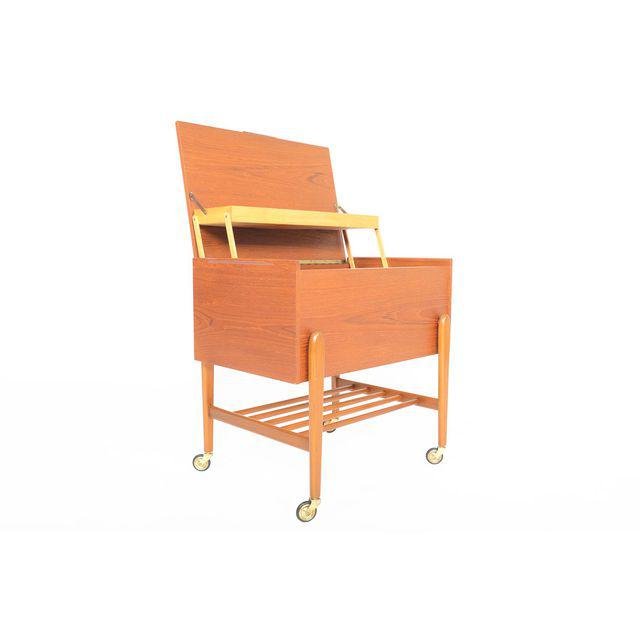
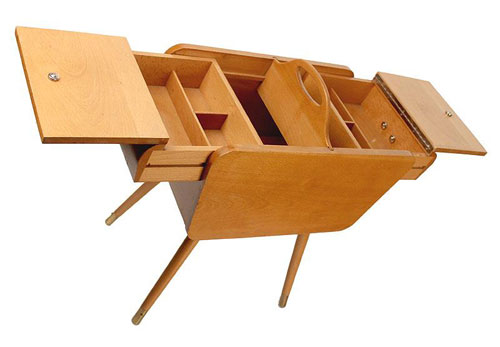
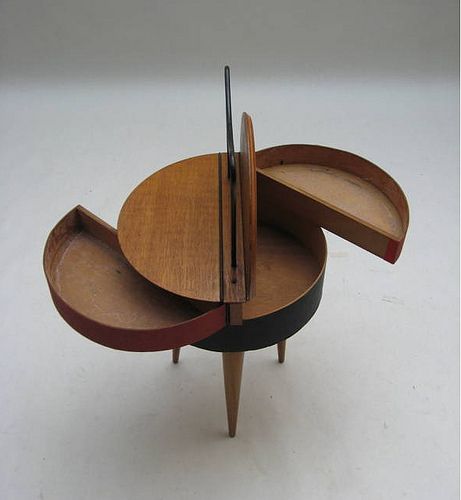
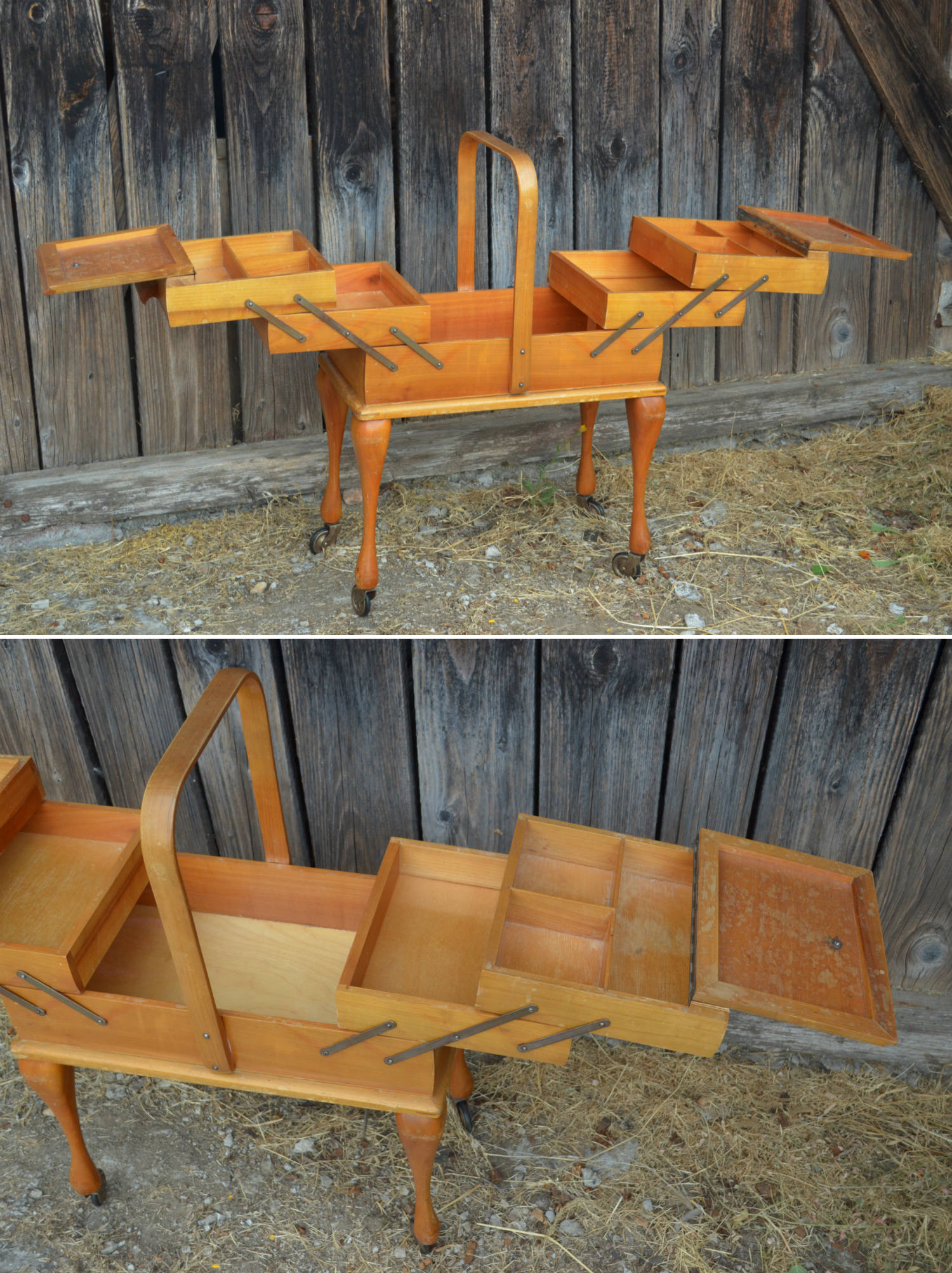
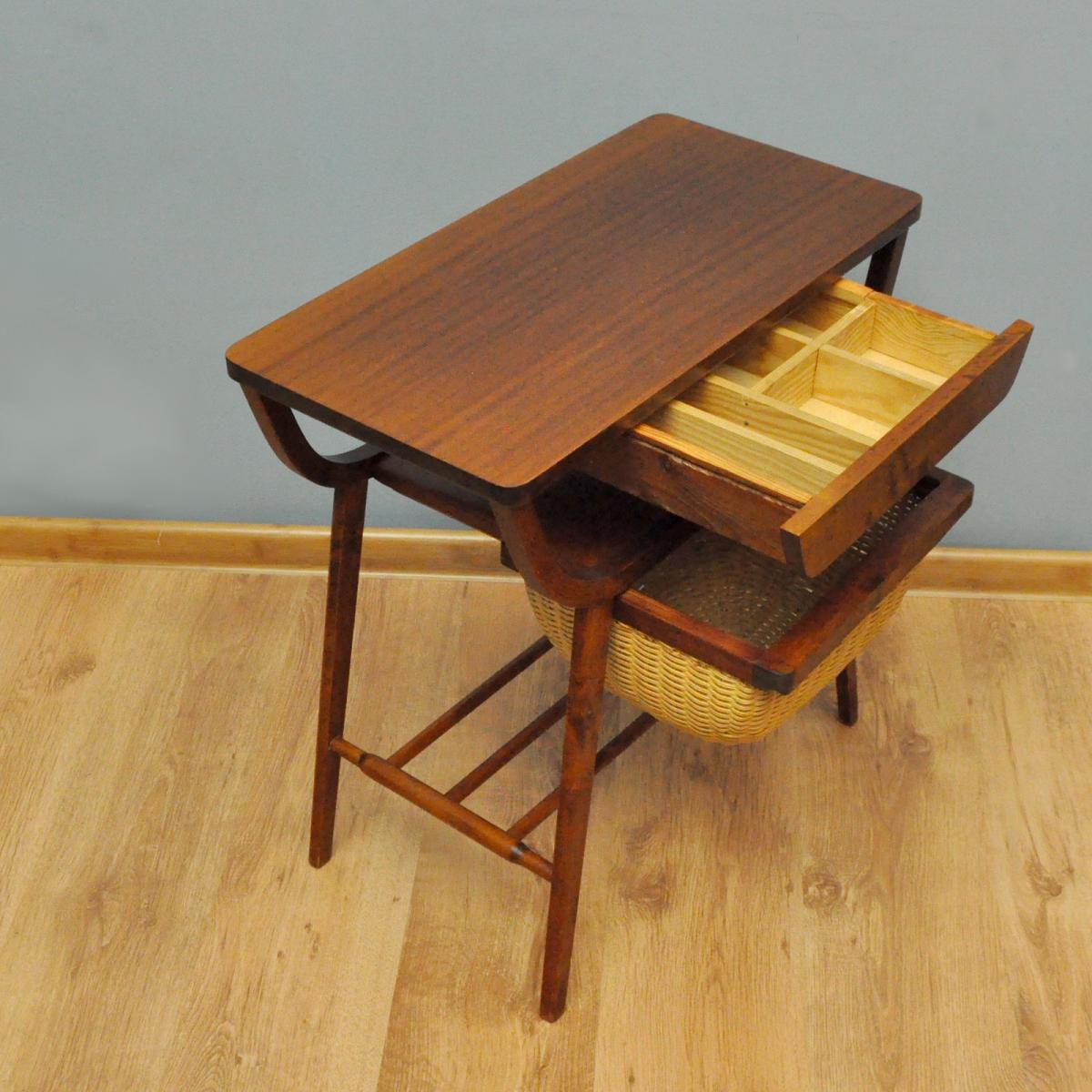
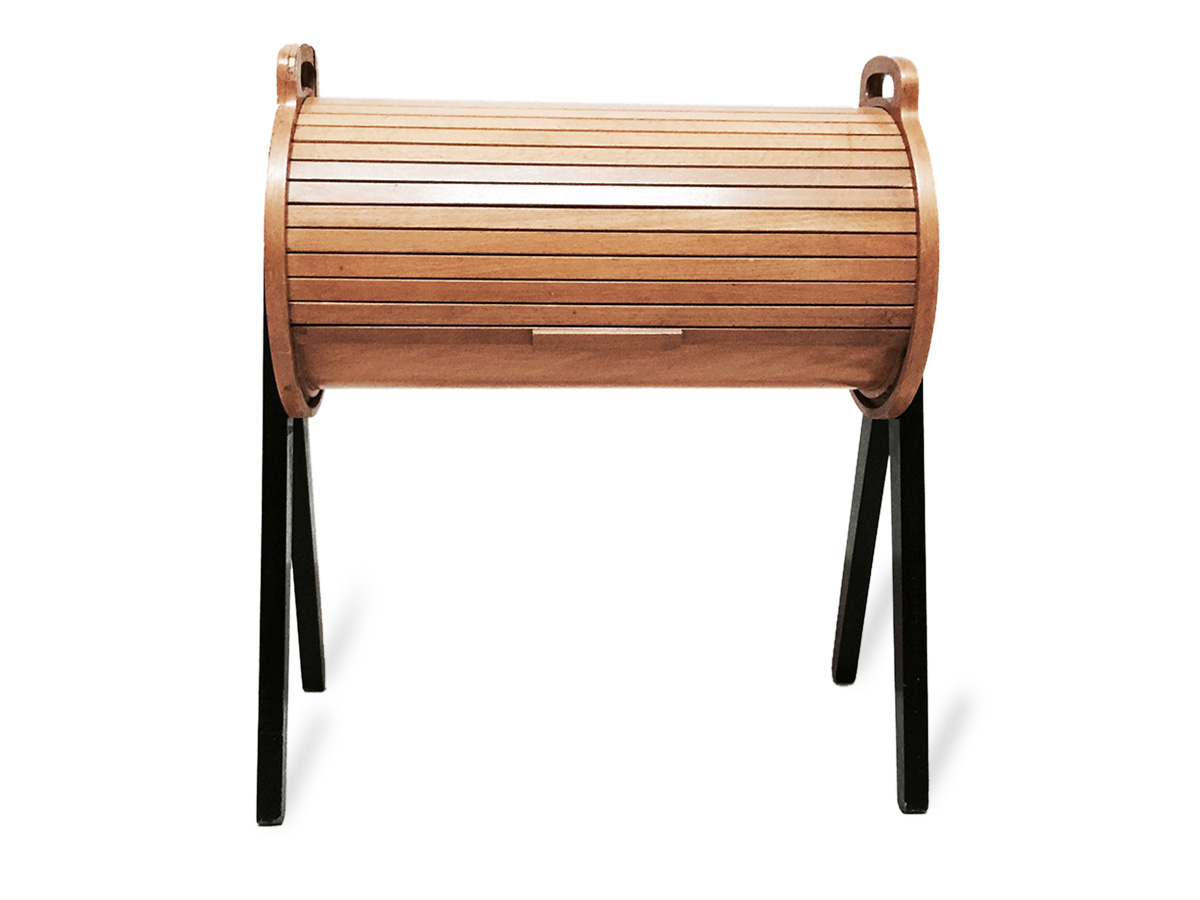
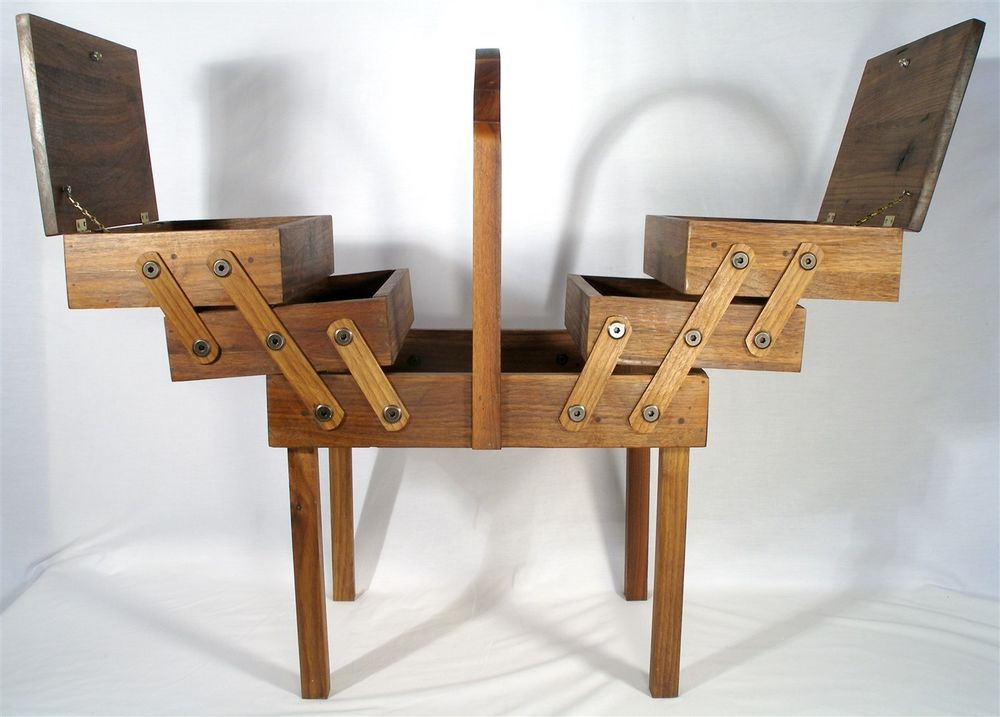
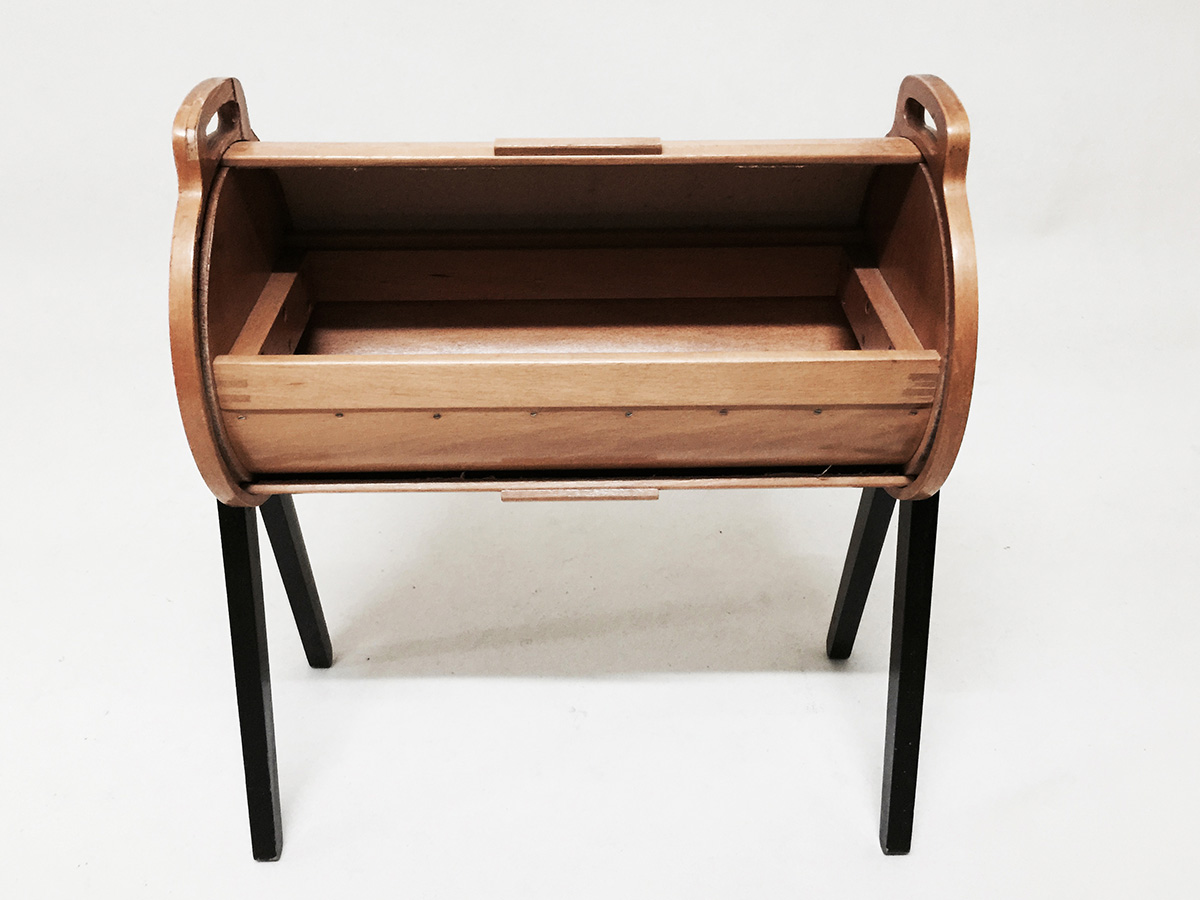
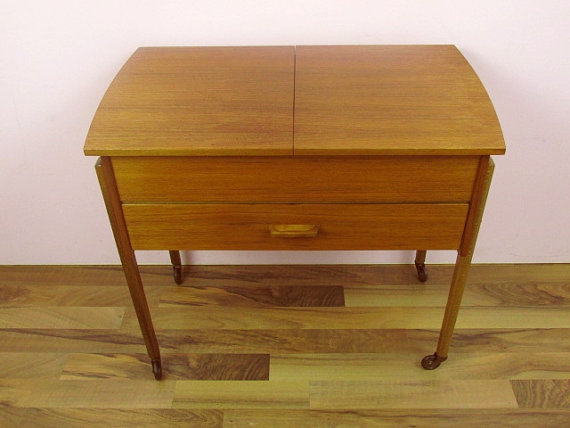
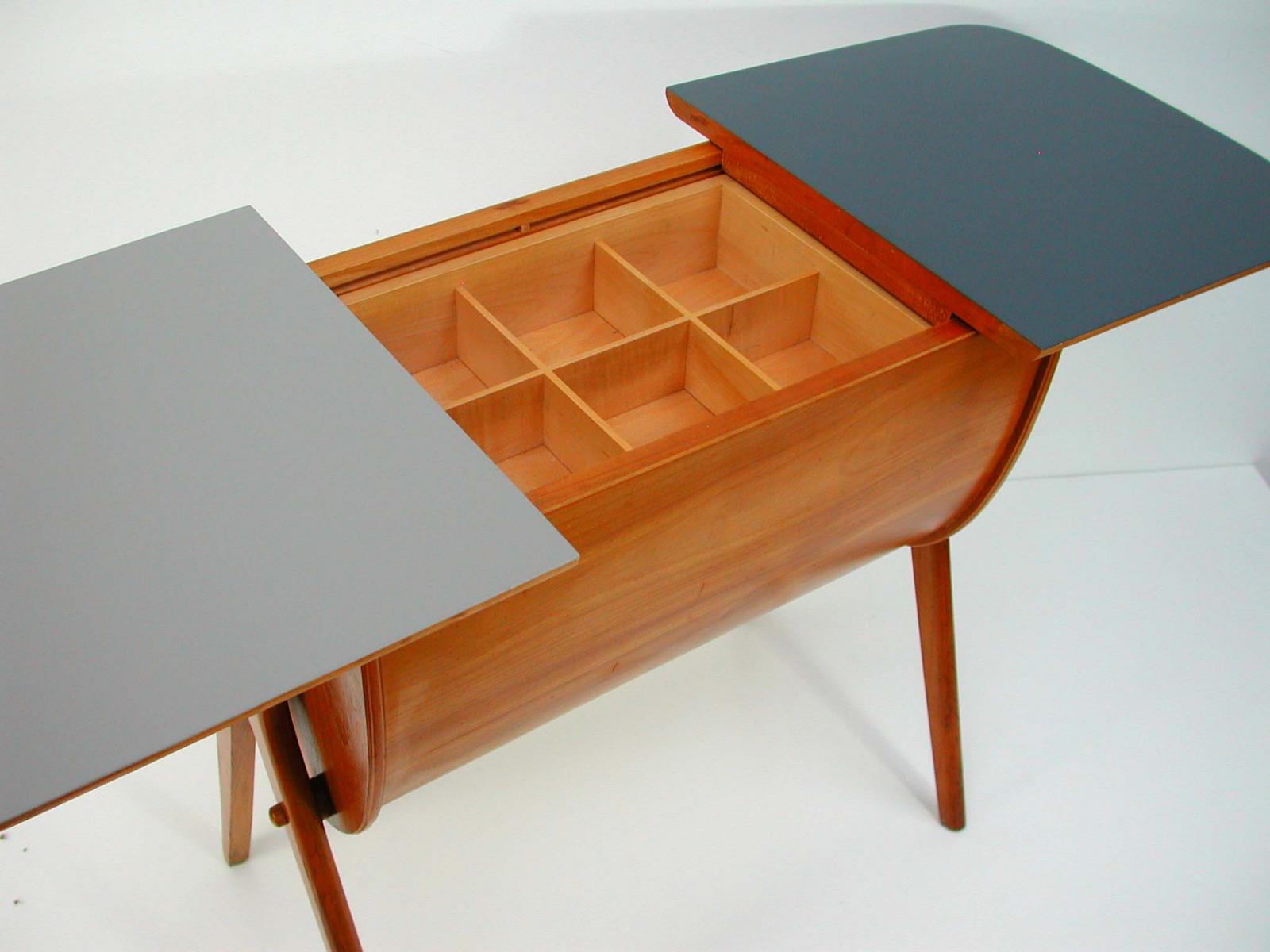

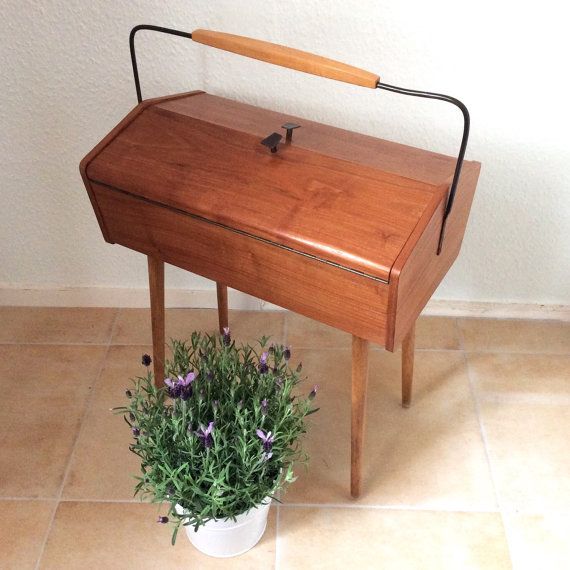
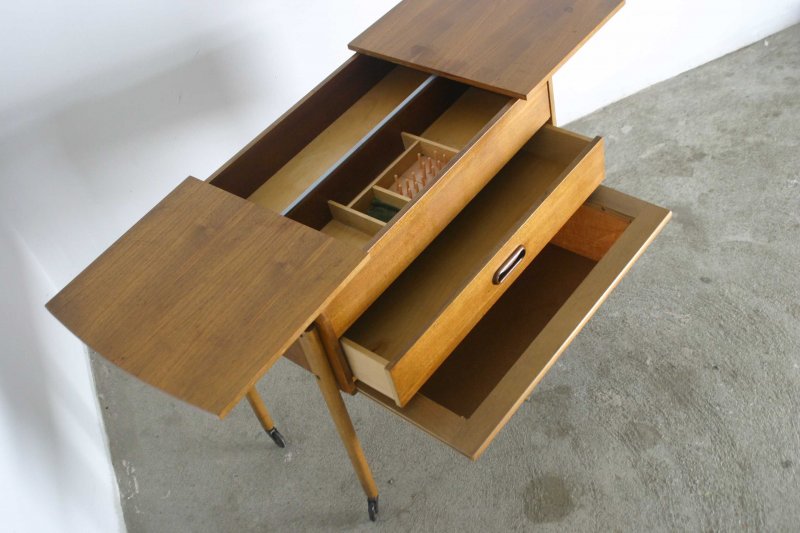
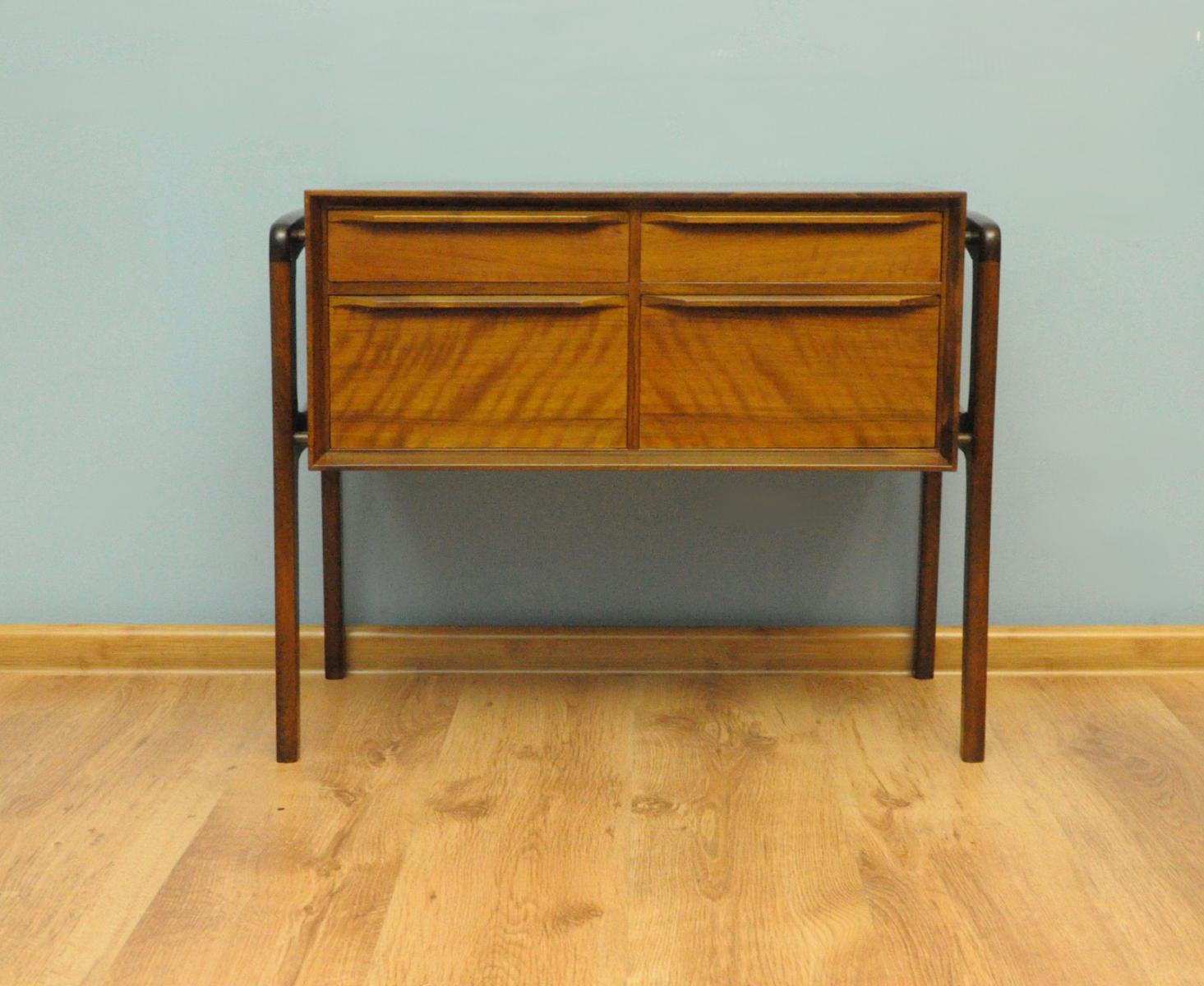
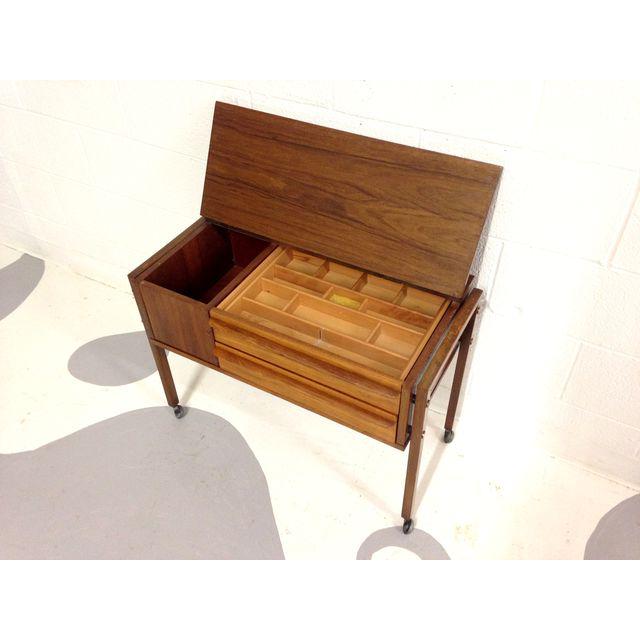
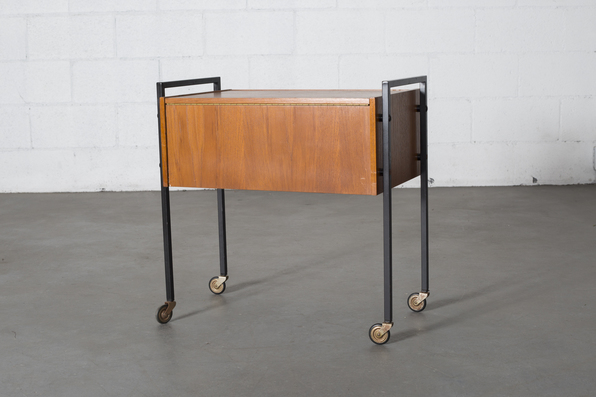
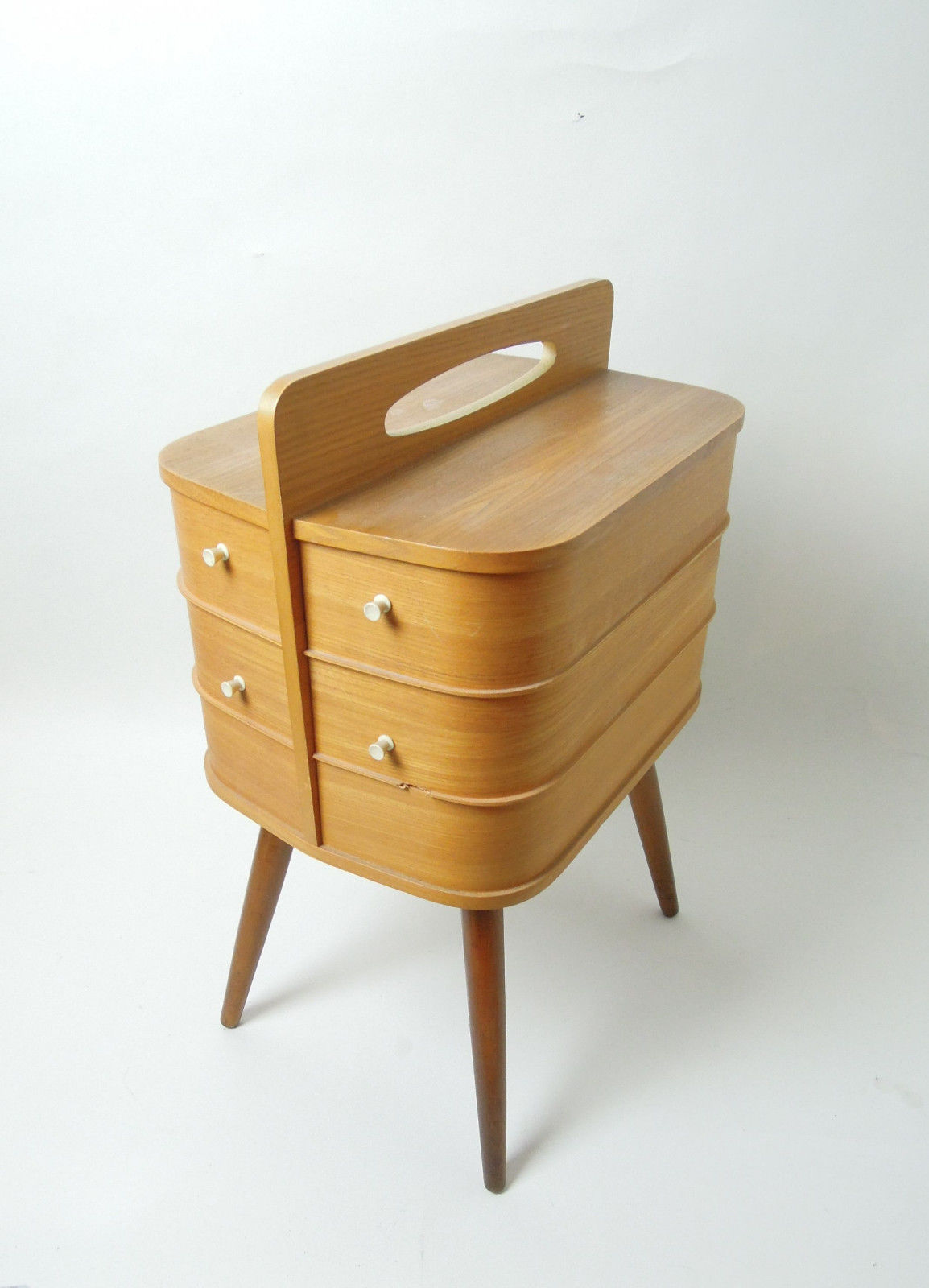
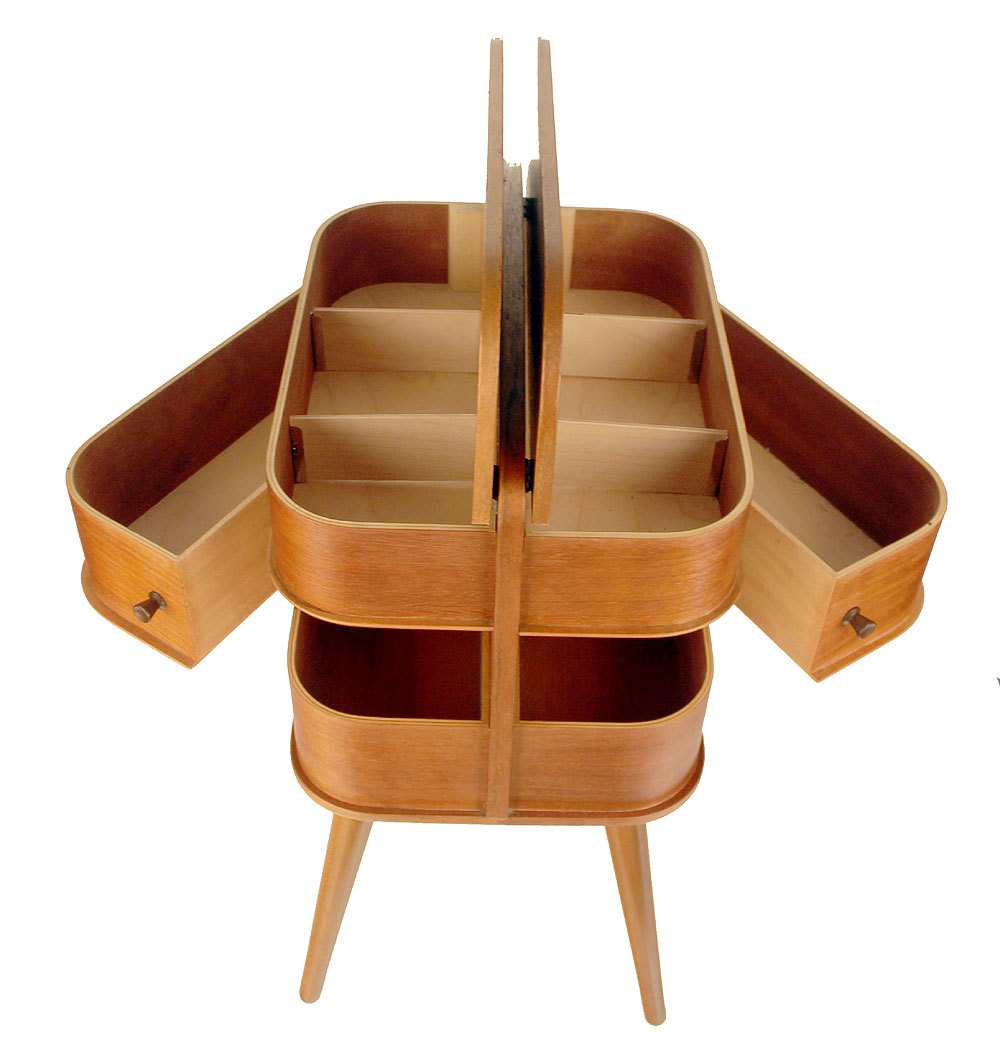
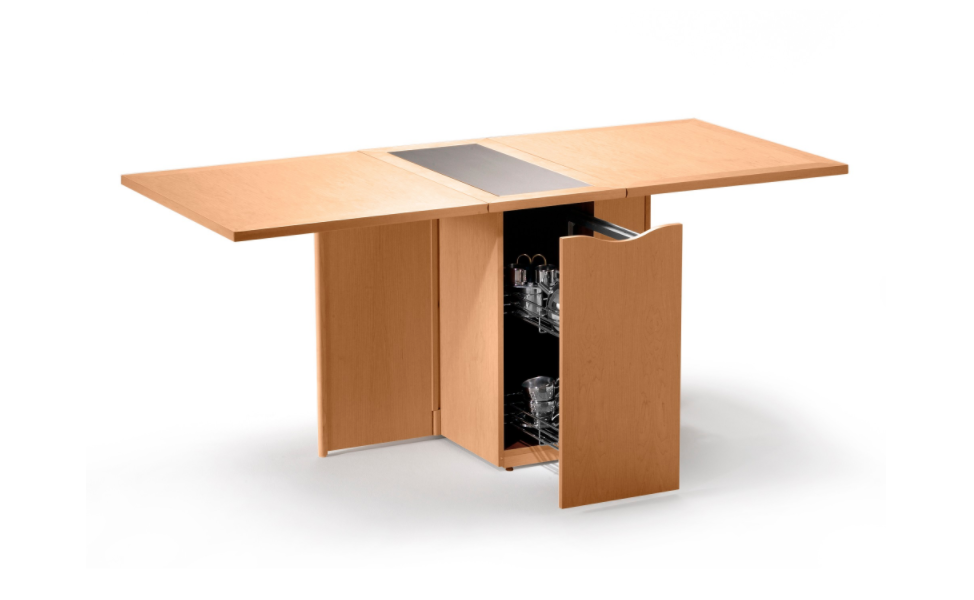
I've decided to create a plastic degradation cabinet using traditional techniques that have been used for thousands of years. The containers housing the insects will be terracotta, wood will be shou sugi ban treated oak, and on a up-cycled steel frame. I've chosen these materials for their recyclability, durability, and longevity. The material that breaks down in the system fastest will be the plastic, taking 2 weeks with 1,500 mealworms.

